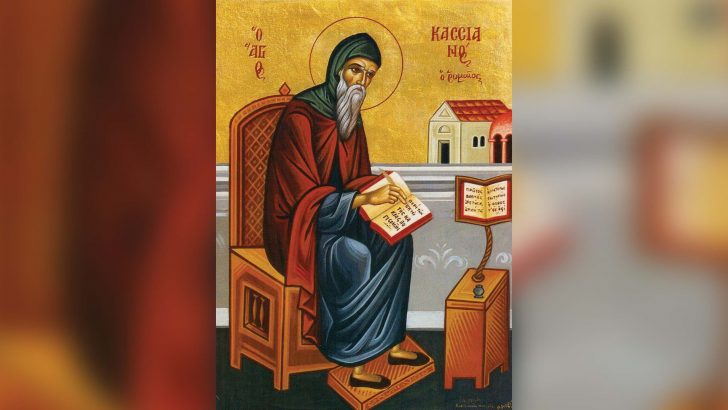Voices from the Desert. The Lost Legacy of the Skelligs
by Hugh MacMahon (Columba Books. €14.99/£12.99)
Skellig Michael is one of the most famous heritage sites in Ireland, which the Office of Public Works has made great effort to render more accessible to visitors. Having appeared in one of the segments of the Star Wars series it is now known world-wide. Let us hope that the ancient stones do not become worn down by the tramping feet of thousands, as is the case with Dún Aonghasa on Inis Mór.
Fr Hugh MacMahon is a retired Columban missionary who worked for many years in Korea and has long been engaged with other cultures. His earlier books deal, in fact, with Asia. Many people may pick up his new Irish book hoping that it might explain how life was lived by the ancient monks on that lonely pinnacle out in the wild Atlantic. And indeed he does, but in an unexpected way.
Monks
He deals not so much with the monks on the island, but with the sources of their ideas about the purpose of monasticism. These derive from Egyptian Christian sources, notably through the writings of St John Cassian.
On the whole, as I have remarked before, Irish Catholics are so focused on Rome that the Eastern and Orthodox tradition remain a closed world to them, despite their influence on early Christian culture on our own island, that which claims to be ‘orthodox’, is certainly not Orthodox.
Fr MacMahon’s text derives from John Cassian’s own writings arranged in language that makes for easier understanding by modern readers. His version is engaging and enlightening, and will capture the interest of many enquiring minds in these days of change. One can see it transferring naturally to television.
John Cassian and his companion Germanus made an expedition through the Egyptian desert, questioning the most revered teachers among the monastic communities in their isolated monasteries about what their purpose was, what they hoped for, and about theological matters such as the action of grace in moving the individual soul towards God, and many other ideas which became matters of controversy at the early Councils.
It was John Cassian who is largely credited with introducing the monastic concepts of the East into Western Europe, and by extension into early Christian Ireland in the 4th Century.
Hugh MacMahon has made an ancient classic greatly influential in its own time readily available to present-day readers.
Real purpose
This is engaging, but perhaps the real purpose behind the book is to take its readers back to a time when the institutional Church did not exist in the way it did later. Here was a faith driven from the ground up and not imposed (often sternly) from above. Hugh MacMahon sees this form of early Christianity as a model for the modern world to aspire to. It is this, I think, which gives the book its special interest, and which will make essential reading for many restless with what they often encounter in the parishes today.
He remarks that in early Christian Ireland an illiterate monk was to the Irish mind an impossibility. True enough. But one book should always lead the readers on to other books. The text as it is has one failing: there is no indication of sources, or of the essential books for further reading. This is a small matter which can be remedied in the further printings the book deserves to have.
Hugh MacMahon recently told an interviewer that his new book was written for those who want “to understand their Irish heritage and people wanting to know what Christian life was like before it became cluttered by later theologising and devotions”.
Voice from the Desert. The Lost Legacy of the Skelligs is published by Columba Books and available here.


 Peter Costello
Peter Costello Orthodox icon of St John Cassian.
Orthodox icon of St John Cassian. 